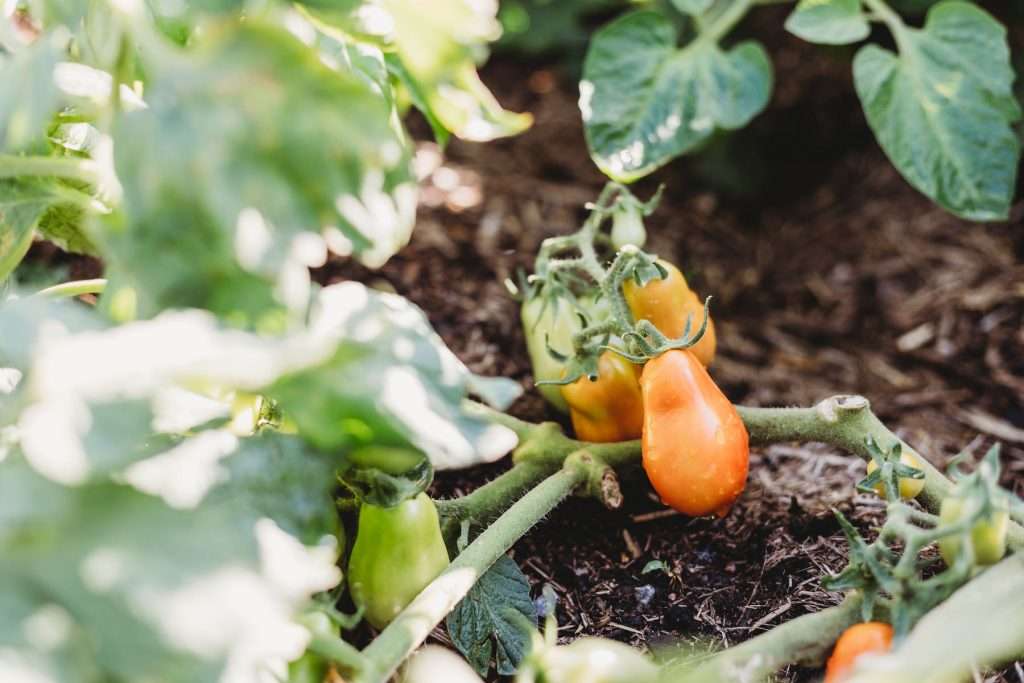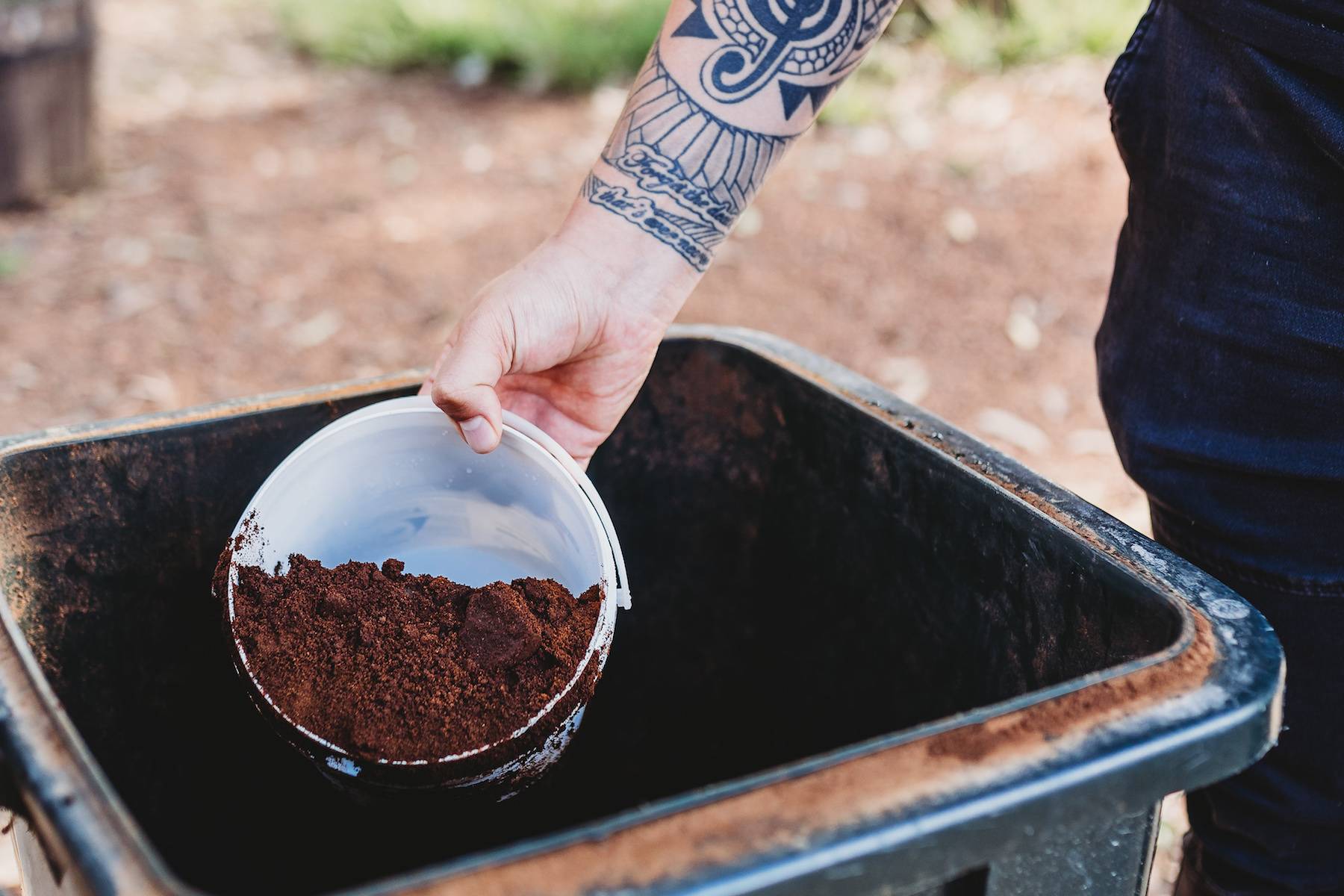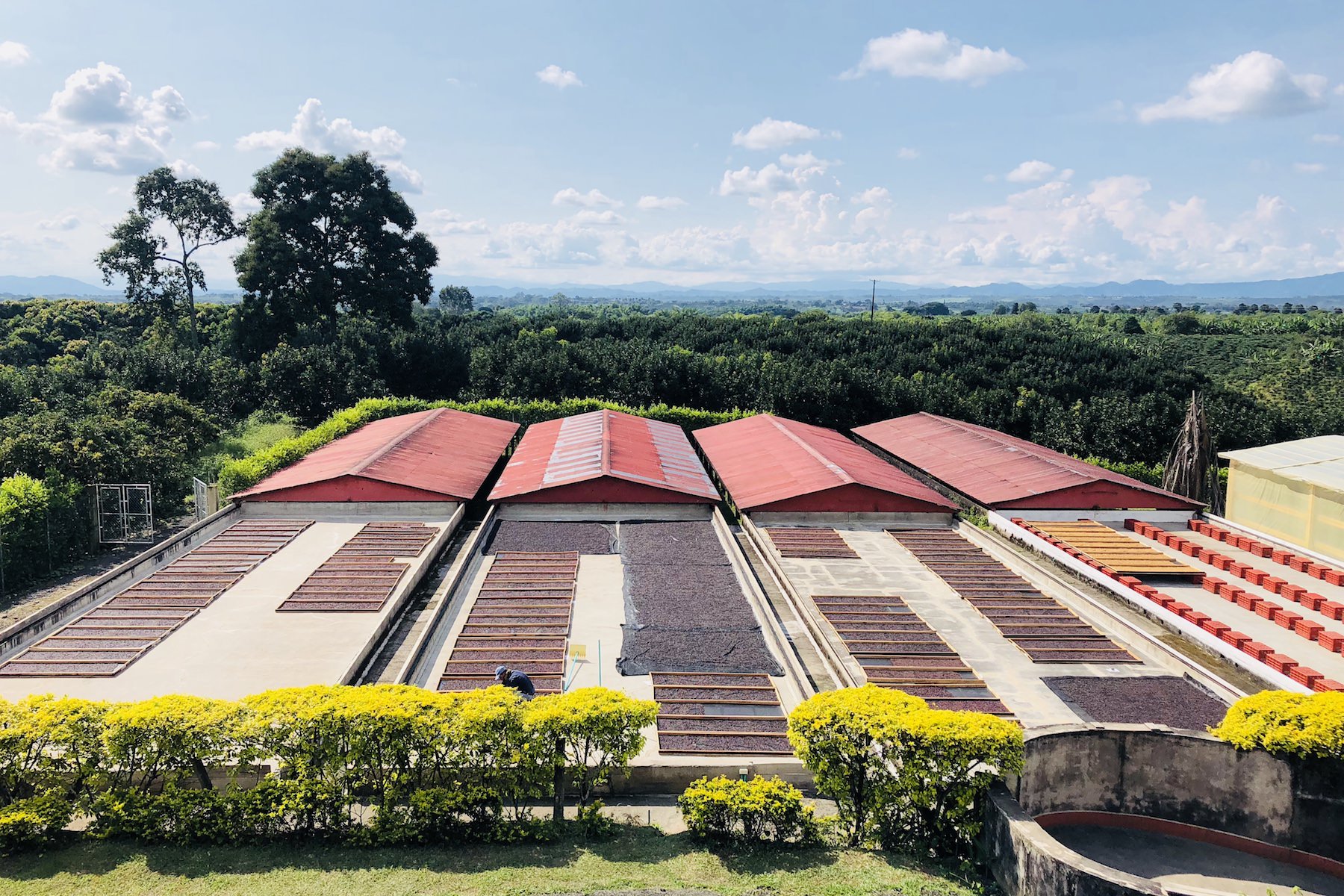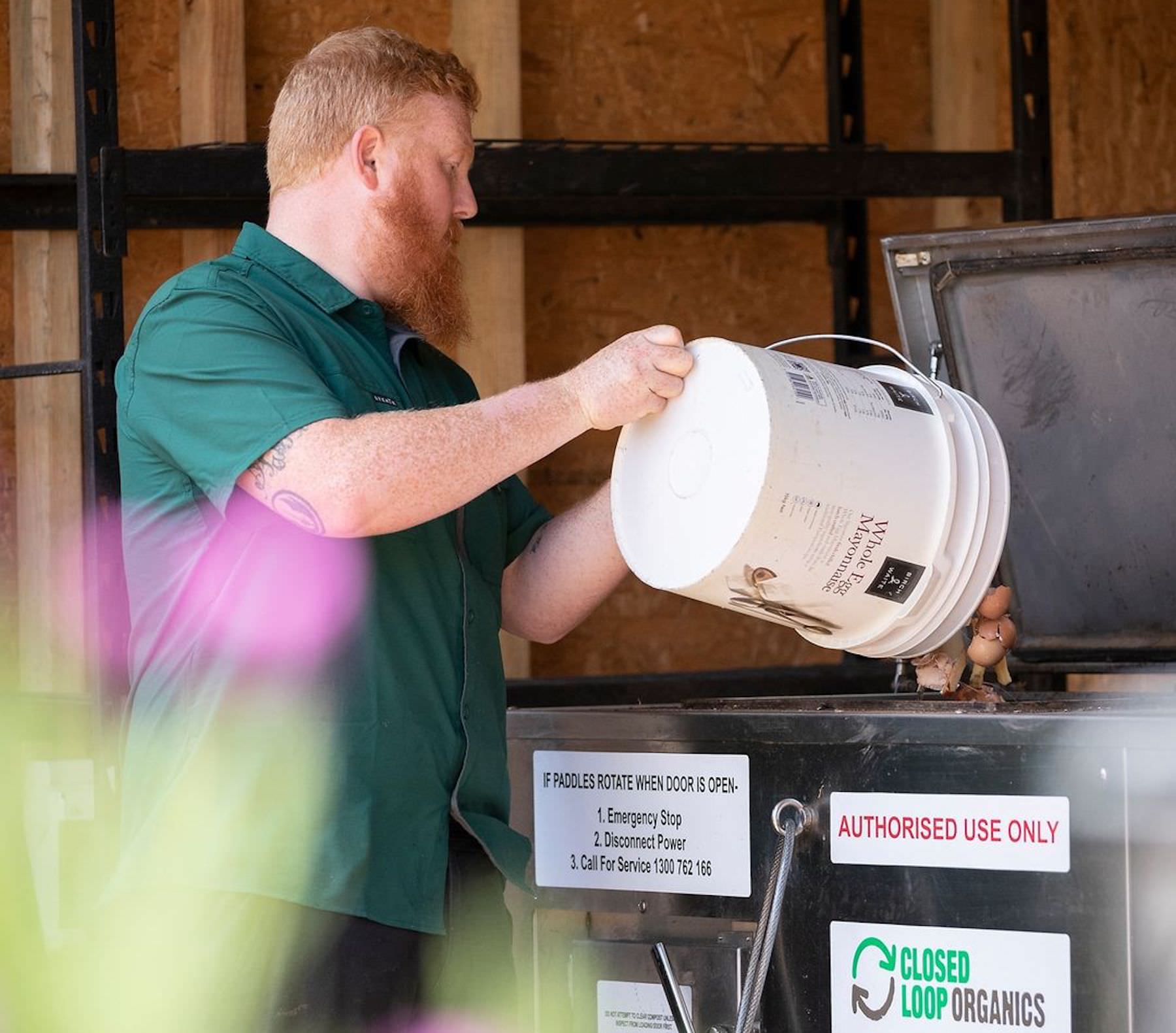8 practical ways to re-use spent coffee grounds
Coffee grounds are packed full of nitrogen, potassium, manganese and magnesium. Yet every year in Australia we send most of an estimated 75,000 tonnes of used coffee grounds to landfill. As it rots there, the carbon-rich material produces methane, emitting harmful greenhouse gases that contribute to climate change.
Luckily, coffee grounds have a myriad of other uses even after they’ve fulfilled their primary purpose of brewing delicious coffee. This useful ingredient can help in our gardens, kitchen and throughout the home. Here are 8 different ways you can use them.
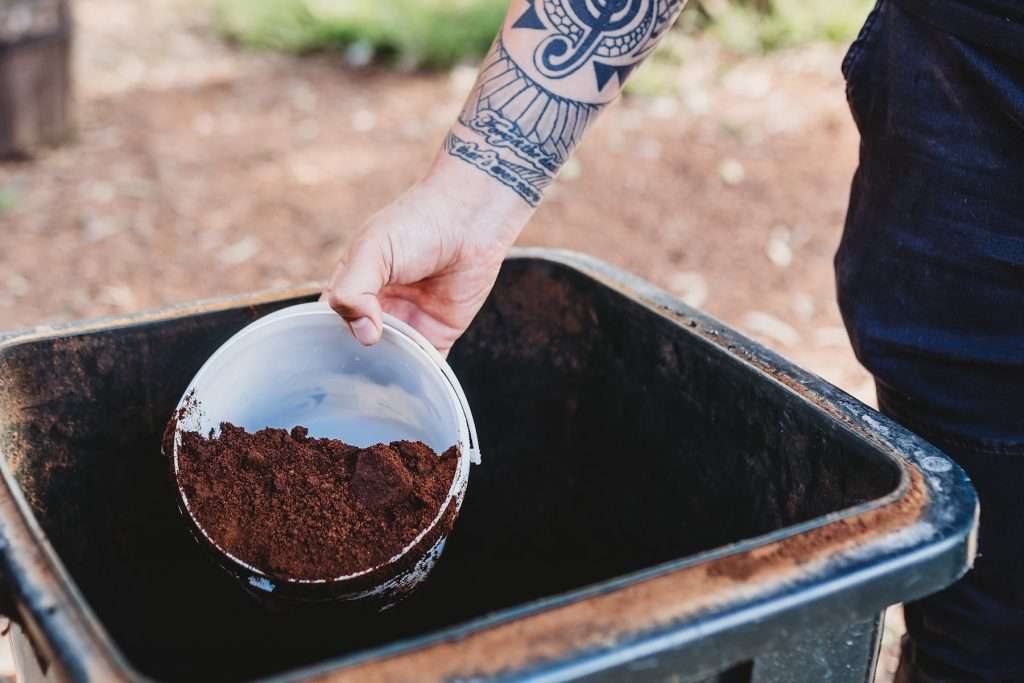
Incorporate coffee grounds into compost to enrich your garden
Spent coffee grounds (SCG) are a well-known soil amendment that improves levels of vital minerals needed for plant growth. They also increase nitrogen and carbon levels in the soil, boost water-holding capacity and attract earthworms. The effect is long term and higher crop yields can still be seen more than 12 months later.
In a study related to growing lettuce, results found that composted coffee grounds at 5% total volume mixed into the soil increased potassium content by 40%, manganese by 30%, magnesium by 20%, and sodium by 10%, of nutritional relevance.
However, results differed substantially when the grounds were added straight to the garden as compared to composting first. Caffeine, phenols and tannins that are still present in freshly used grounds can inhibit plant growth and even cause browning leaves. While potassium attracts worms, caffeine can kill them, so the grounds benefit from processing through compost first to break down any harmful elements and leave a substrate that worms love. In addition, the pH level can be too low for many plants when placed directly on the soil. This might be fine for blueberries, rhubarb or potatoes, but not so great for brassicas or spinach.
When composting spent coffee grounds, they should be treated as a “green” as they have a carbon to nitrogen ratio of 20:1. The perfect ratio for compost is 30:1, so mixing with materials that are higher in carbon is essential. To counteract any potential issues, spent coffee grounds can be mixed with horse manure, dried leaves or sawdust and left to aerobically compost. Once it has had time to process you should be left with perfectly crumbly, pH neutral compost full of everything your veggie patch needs to thrive.
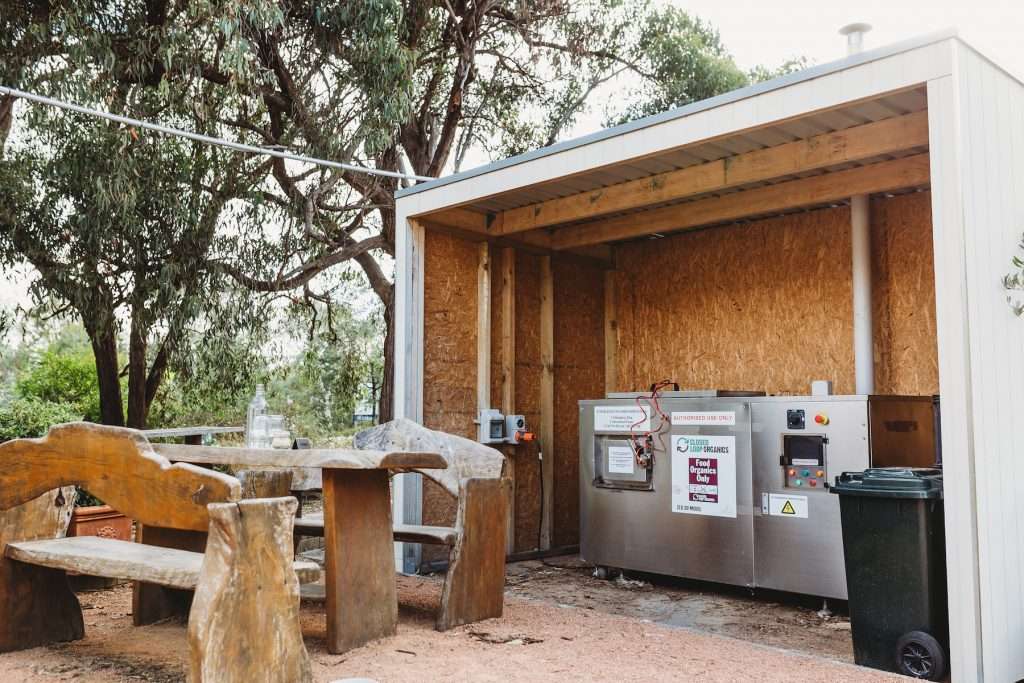
Repel insects and suppress weeds
Slugs and snails hate coffee grounds. It’s been shown to kill mosquito larvae, hornworms, milkweed bugs and butterfly larvae. The caffeine interferes with food consumption and reproduction, and also results in distorted behaviour by suppressing enzymes in the insects’ nervous systems.
You can sprinkle the grounds around garden borders or specific plants to deter crawlers from crossing. You can also spray them with a solution of grounds and water which is just as effective as salt, but without the nasty consequences of salting your garden. Mosquitos wont lay eggs in water that contains caffeine, so if you have bodies of standing water you can try adding some grounds to deter them.
It’s also this caffeine effect that suppresses weeds. In studies it was shown that larger quantities of spent coffee grounds laid atop soil permitted weed control. Unfortunately this was only effective for around half a year, after which the water-soluble caffeine dissipated and created a richer growing environment for both crops and weeds to thrive in.
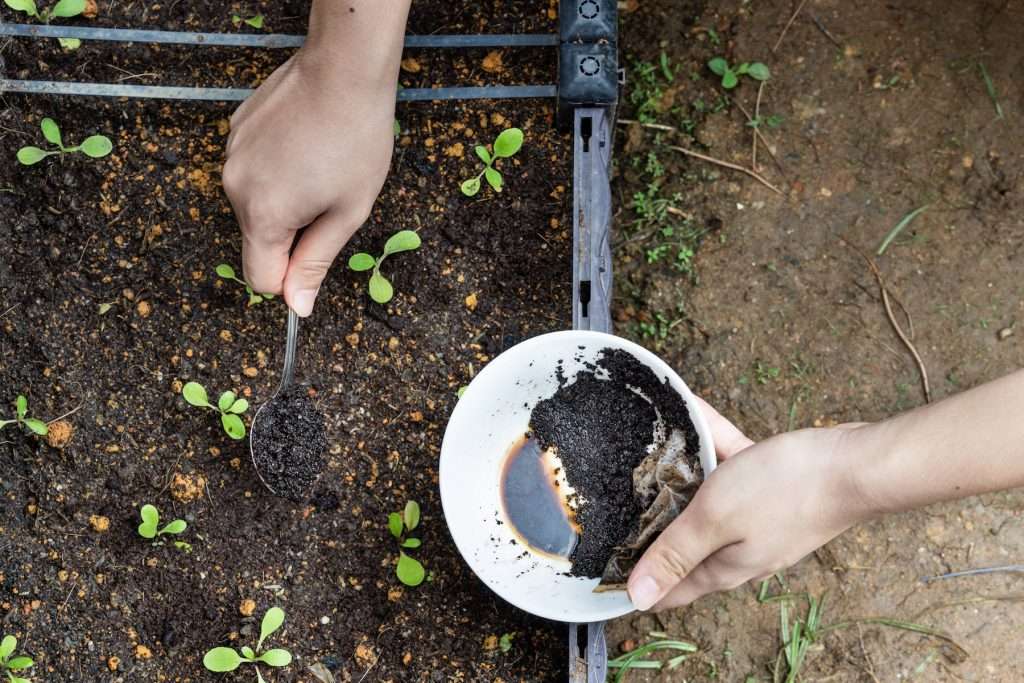
Grow mushrooms in a coffee ground substrate
Old coffee grounds make an excellent substrate for growing mushrooms. It has the benefit of being already pasteurised, which helps prevent competing bacteria, fungi and insects from growing inside. It’s best to use them the same day after brewing, before they have time to dry out or start growing unwanted mould spores.
Mix the grounds with ripped up cardboard, soak and sterilise everything and inoculate with spores. With a dark, humid environment you’ll soon be rewarded with a flush of fruiting mushrooms. Check out this recipe for more detailed instructions.
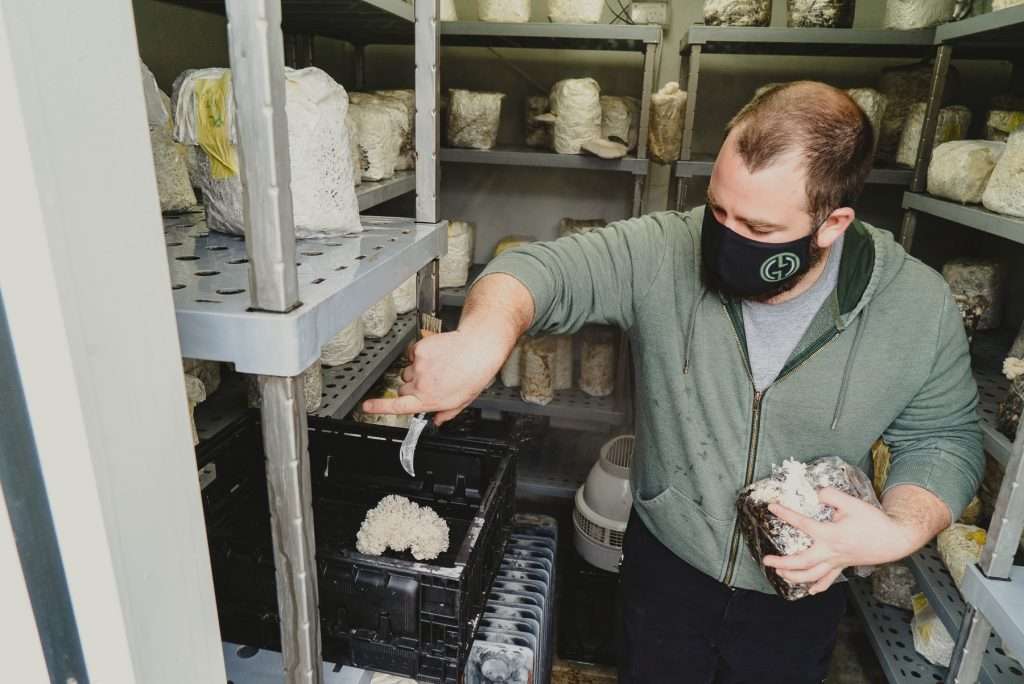
Utilise coffee's properties to neutralise odours
Coffee grounds act as an excellent deodoriser. You may have seen little pots of coffee beans scattered around at perfume shops. Customers can sniff the beans to clear their nasal palate of fragrances. This also works in various contexts around the home.
A small bowl of used grounds in the back of the fridge will clear unwanted smells floating around inside. Allow them to air dry first before storing in the fridge for maximum effectiveness. Shallow bowls of dried, spent grounds can also be placed around the house as a subtle air freshener and odour neutraliser. These must be dried properly first by spreading on a baking sheet and placing in the oven on low heat.
Next time you have the lingering smell of garlic or onions on your hands after cooking, try scrubbing with coffee grounds. This both exfoliates and removes stubborn scents.
Pet stains or spills on carpets can have a lingering smell even after cleaning. Coffee can help eliminate this too. Place the dried, spent coffee grounds in coffee filters sealed with a rubber band and sit them on top of the offending spot overnight. It works very similarly to baking powder. Be careful with light coloured carpets though as coffee grounds can easily stain.
So why are coffee grounds so effective at removing unwanted smells? Scientists at The City College of New York found that a material made from used coffee grounds can sop up hydrogen sulphide gas. The combination of nitrogen and carbon enables the nitrogen within coffee to crank up the ability of carbon to absorb odours.
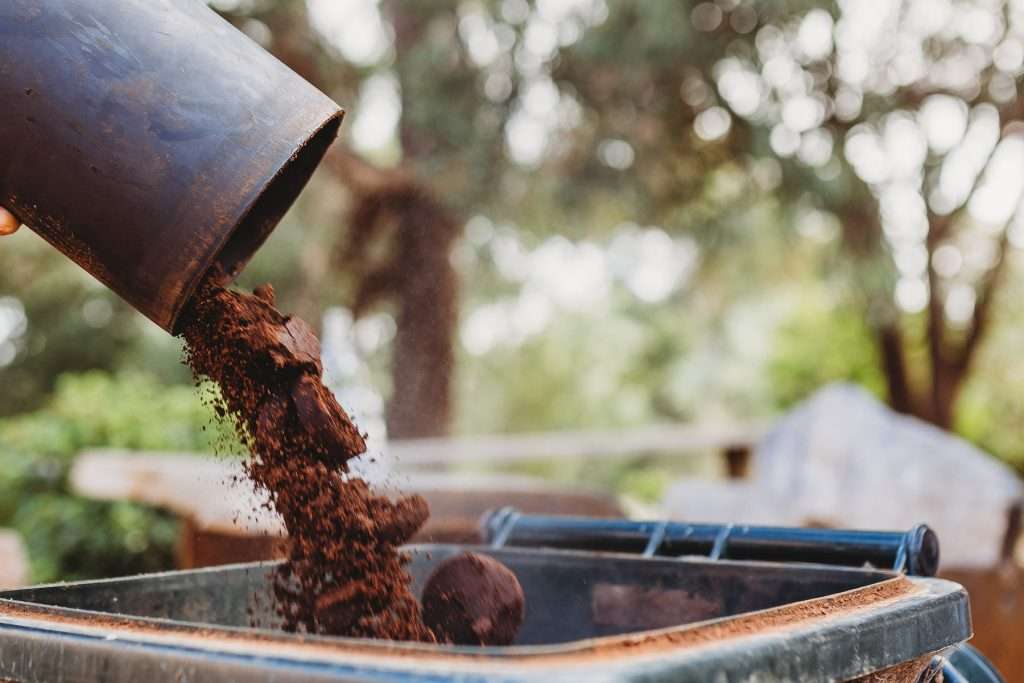
Make your own household products
There’s actually a myriad of other ways spent coffee grounds can be used around the house.
Make a super soap with used coffee grounds
Soaps are pretty simple to make at home. By utilising coffee in soap recipes you can create a powerful bar that’s perfect for cleaning greasy, soiled skin, ideal for tradies who need a strong soap. The grounds are effective at exfoliating, removing excess grease and oils without stripping away natural oils from the skin, and eliminating smells.
Combine with household ingredients for a homemade scrub
Winter can be harsh on the skin. Heaters and cold winds dry out our lips and bodies leaving behind flaky skin. Combine used coffee grounds with honey for a natural lip scrub. Or mix the grounds with coconut oil in a jar for a body exfoliate that moisturises at the same time.
Use as an abrasive cleaner for the kitchen
Removing stubborn stains and grit from pots and pans can be a painful job. Try using a handful of coffee grounds to make it easier. The small particles are effective at dislodging burnt food as well as removing grease. Just be mindful with sensitive surfaces, as it can scratch.
Don't worry too much about the grounds clogging drains. Spent coffee grounds in small quantities can actually help remove oils and product build-up from commercial beauty products.
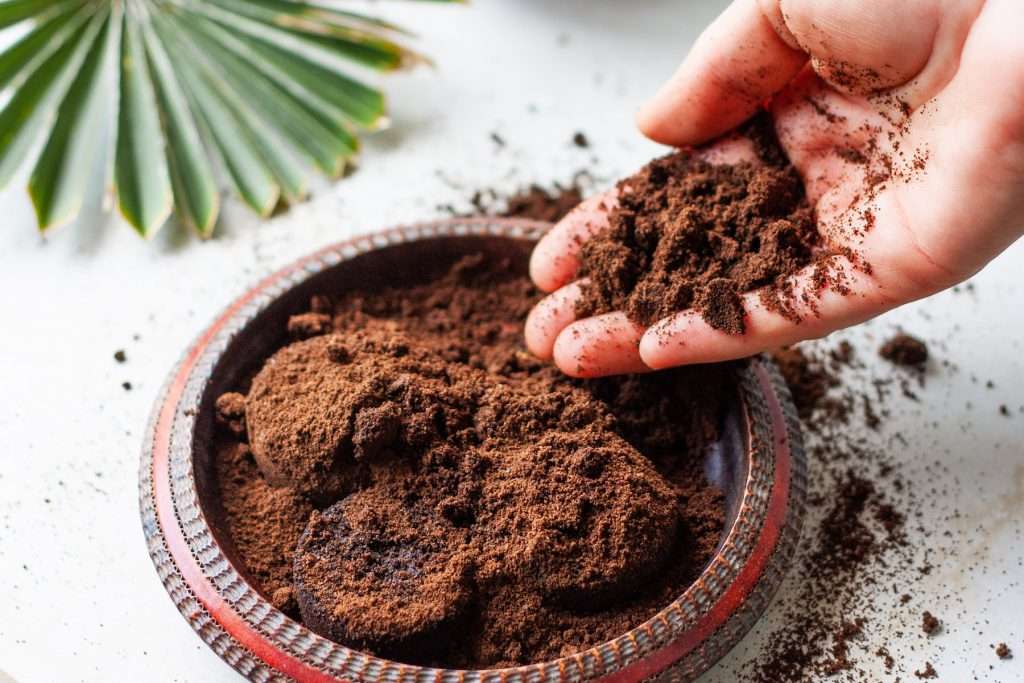
Tenderise meats with a coffee ground dry rub or brewed marinade
The flavour of coffee can add an interesting element in cooking. Both sweet and savoury dishes can be enhanced with an earthy, smoking or nutty flavour from spent coffee grounds. Coffee rub on steak acts as a natural tenderiser. It makes meat softer and enhances moisture by creating a sealed crust. The mild acidity levels replicate tannins in wine, which allow amplification of flavour. The grounds can be used directly as a dry rub or re-brewed for a marinade.
You can find a whole range of recipes that incorporate coffee grounds in different ways.
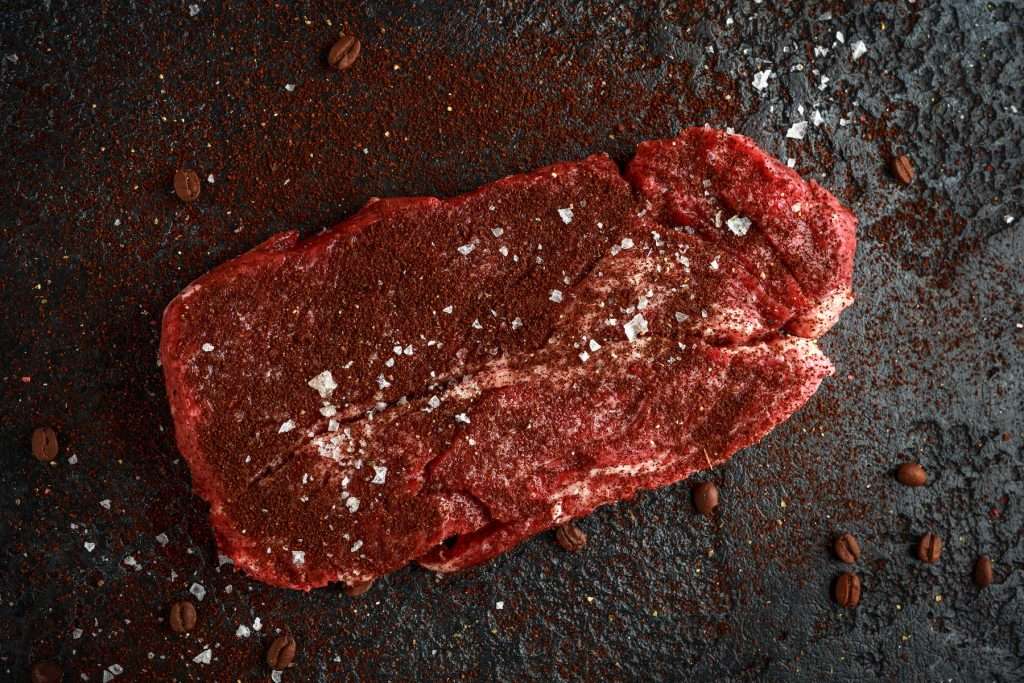
Where to find spent coffee grounds
If you buy coffee beans to brew coffee at home, you already have a never-ending supply of spent grounds. For most purposes this should be more than enough. But if your preference is for barista made espresso, you can bring in a reusable bag or container and request some used coffee grounds from your local coffee shop.
Each of our Two Before Ten cafes churns through many kilograms of coffee each day. Most of this ends up in our commercial composter at the Aranda Urban Farm. It’s then mixed with our compostable coffee cups, lids and bags, then added back into the gardens as compost. Eventually it ends up as nutrients within the food prepared by our chefs.
If you’d like some used coffee grounds to take home always feel free to ask at your local Two Before Ten and the wait staff or baristas will be happy to help out. It’s great to see people utilising this amazing resource in their own gardens and homes!
